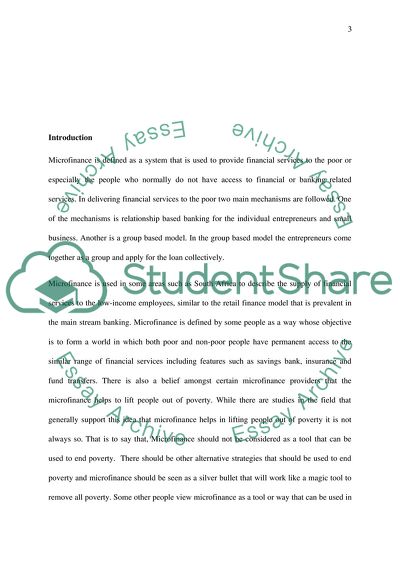Cite this document
(Microfinance Essay Example | Topics and Well Written Essays - 3000 words, n.d.)
Microfinance Essay Example | Topics and Well Written Essays - 3000 words. https://studentshare.org/finance-accounting/1868408-microfinance
Microfinance Essay Example | Topics and Well Written Essays - 3000 words. https://studentshare.org/finance-accounting/1868408-microfinance
(Microfinance Essay Example | Topics and Well Written Essays - 3000 Words)
Microfinance Essay Example | Topics and Well Written Essays - 3000 Words. https://studentshare.org/finance-accounting/1868408-microfinance.
Microfinance Essay Example | Topics and Well Written Essays - 3000 Words. https://studentshare.org/finance-accounting/1868408-microfinance.
“Microfinance Essay Example | Topics and Well Written Essays - 3000 Words”. https://studentshare.org/finance-accounting/1868408-microfinance.


